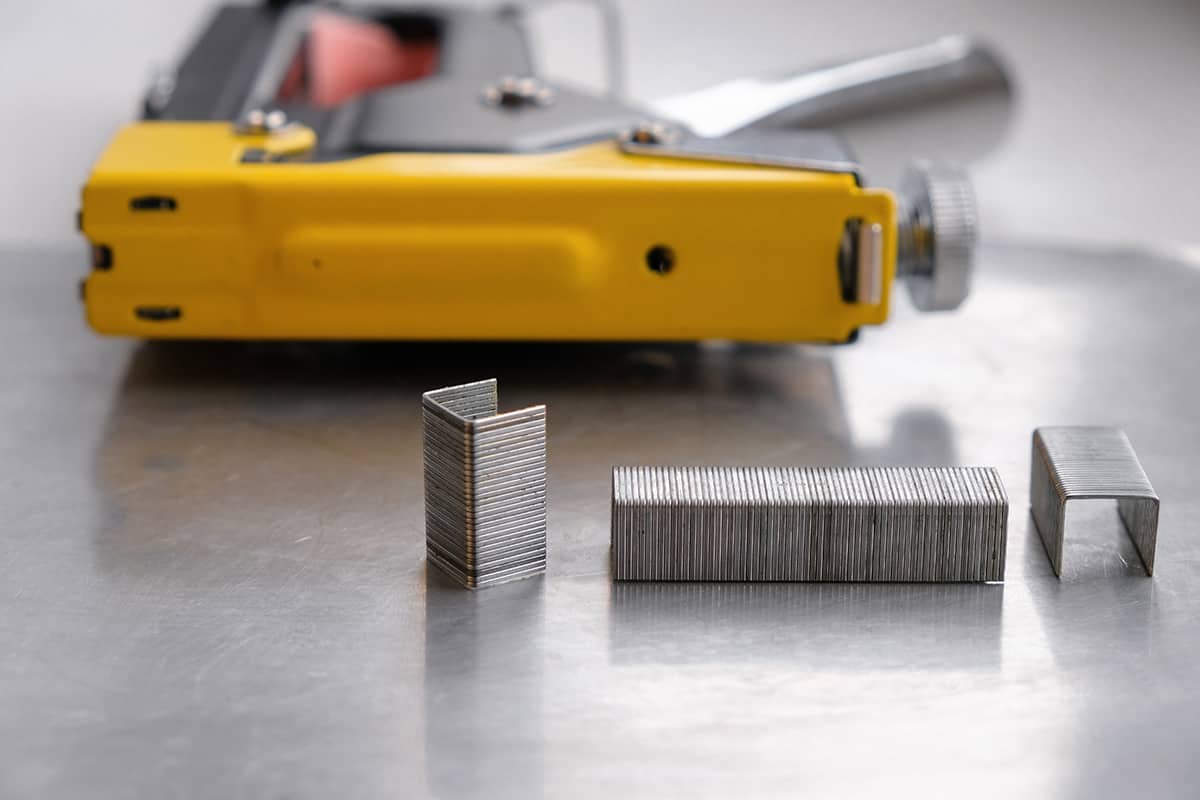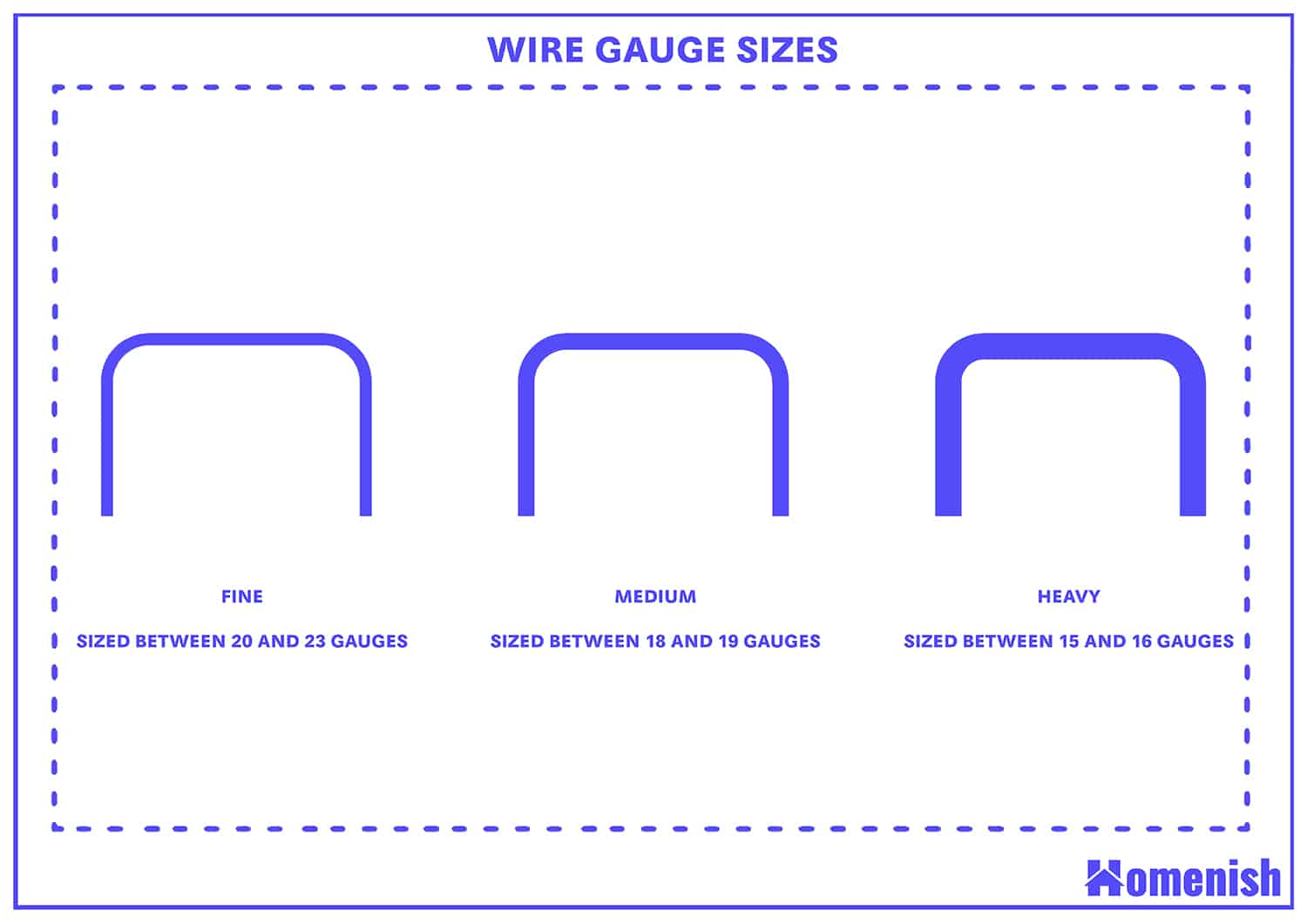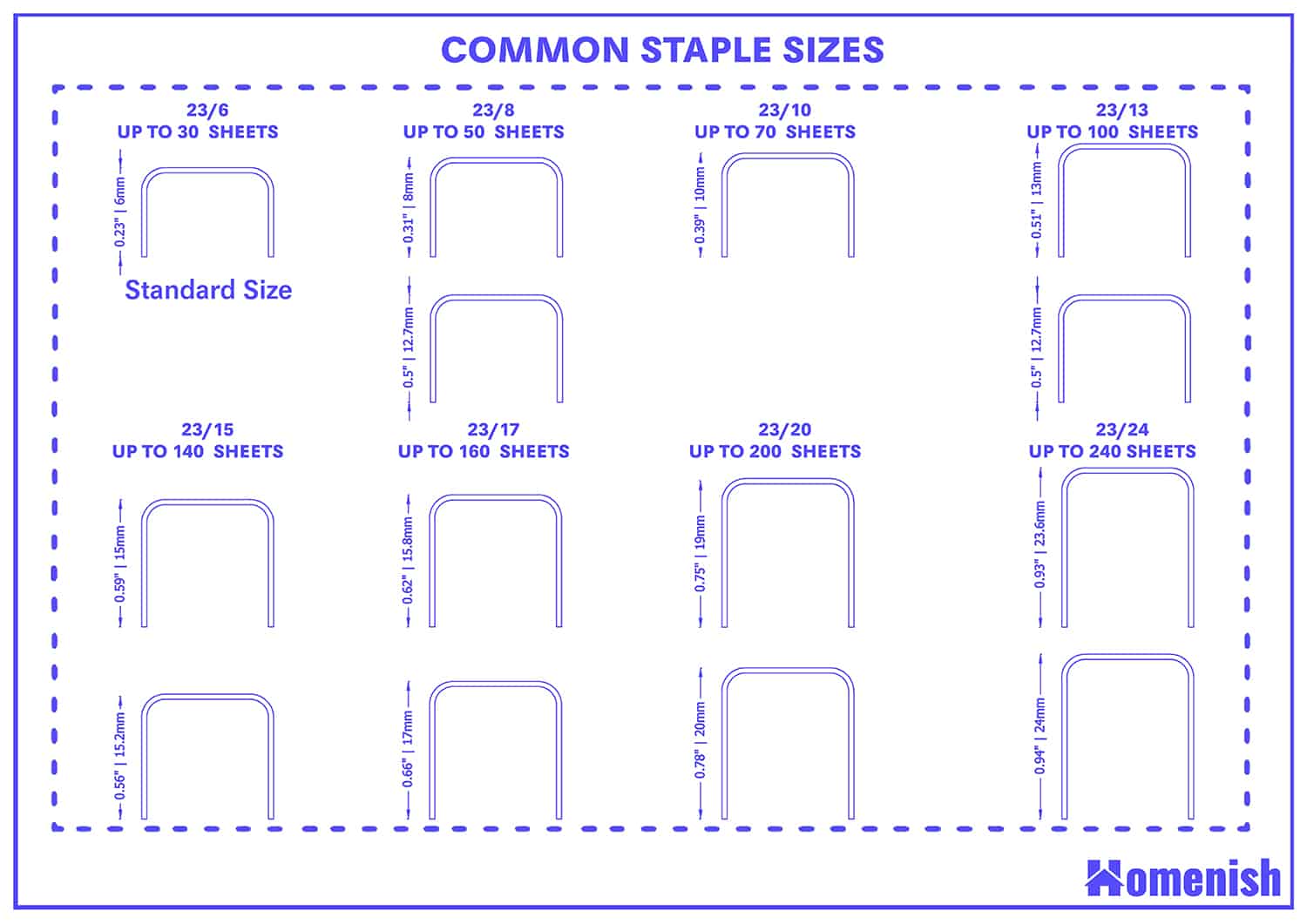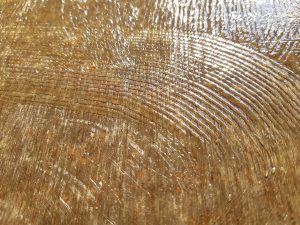When working with office supplies or engaging in various projects that require stationary, it is essential to understand the different staple sizes, including the standard sizes, to ensure the appropriate fit for each task. Familiarity with staple dimensions prevents potential issues with stapler compatibility or project durability.
The standard staple size typically consists of a 23-gauge wire with leg lengths of 6mm or ¼ inch, though several other sizes are available on the market. Wire gauges can be grouped into three categories: fine (20-23 in thickness), medium (18-19 in thickness), and heavy (15-16 in thickness), each designed to accommodate specific project needs and provide optimal performance.
Anatomy of a Staple
Legs
The legs of a staple are the two protruding sections that penetrate the paper when using a stapler. Staple size often refers to the length of these legs. The length of the legs is crucial since it determines the number of paper sheets that can be fastened securely.
For binding thicker stacks of paper, staples with longer legs are required. Whenever a measurement is mentioned (e.g., 1/2 inch staples), it refers to the length of each leg of the staple.
Crown
The crown, or top part of the staple connecting the two legs, is also known as the staple’s width. When stapling paper, the crown is the visible part across the work.
Wire Gauge
Wire gauge is a measurement of the wire used in a staple, essentially indicating the metal’s thickness. The thickness of the staple impacts its strength. Thinner wire gauges are more prone to breaking under pressure and are unsuitable for heavy-duty tasks.
For stronger or thicker materials, a thicker wire gauge is more appropriate.
Teeth
The teeth of a staple are the ends of the legs, making the initial contact with the material being stapled. These teeth are usually tapered or feature a chisel point so that the staple can easily pierce the material.
Wire Gauge Sizes
Fine Wires
Fine wire gauges range from 20 to 23 in terms of thickness. When looking at a staple size, you’ll notice the wire gauge is shown as the first number.
For instance, a staple size of 23/6 indicates a wire gauge of 23 with 6mm long legs (equal to ¼ inch). Fine wires are commonly used in office settings as they are cost-effective and sufficiently strong to hold a few sheets of paper together. With higher gauge numbers, the wire becomes thinner.
Medium Wires
Medium wire gauges fall between 18 and 19 in thickness. These staples offer more sturdiness than fine wires and are often utilized in upholstery projects. However, they aren’t robust enough for construction purposes.
Heavy Wires
For construction projects like securing roof shingles, heavy gauge staples are used. These staples have a gauge between 15 and 16, making them the thickest and strongest type of staple available.
Staple Sizes
Staple sizes are usually shown on the bottom of a stapler so that you can easily find out which staples will work with your machine. Staple sizes are displayed in metric, i.e., millimeters.
For a standard-sized staple, this will look like ’23/6′. The first number is the wire gauge size, while the second number is the length of the legs. In the case of the standard staple, the length of the legs is 6mm, which is equal to ¼ inch.
23/6 Staples
The standard staple size features a 23-gauge wire with 6mm (¼ inch) long legs. This size is compatible with most office and home staplers and can hold up to 30 sheets of paper together.
23/8 Staples
With a 23-gauge wire and 8mm (5/16 inch) long legs, these staples can accommodate up to 50 sheets of paper.
23/10 Staples
These staples have a 23-gauge wire and 10mm (⅜ inch) long legs. They can securely hold up to 70 sheets of paper.
23/13 Staples
Featuring a 23-gauge wire with 13mm (½ inch) long legs, these staples can fasten up to 100 sheets of paper together.
23/15 Staples
With a thin 23-gauge wire and 15mm (9/16 inch) long legs, these staples can hold up to 140 sheets at once.
23/17 Staples
These staples maintain a 23-gauge wire and leg lengths of 17mm (⅝ inches), suitable for holding up to 160 sheets of paper together.
23/20 Staples
With a 23-gauge wire and 20mm (¾ inch) long legs, these staples can hold up to 200 sheets of paper at a time.
23/24 Staples
Utilizing a thin 23-gauge wire and 24mm (15/16 inch) long legs, these staples are capable of holding an impressive 240 sheets of paper together.
Staple Strip Sizes
Staples are available in various quantities, with full strips containing 200 staples arranged in a single row, perfect for loading into a standard stapler. Half strips, as the name suggests, consist of 100 staples.
For heavier-duty stapling tasks, staple cartridges are used instead of conventional rows. These cartridges house a sheet of staples that are wound up and then attached to specialized heavy-duty staplers. Typically, these cartridges can accommodate up to 5000 staples, catering to more demanding projects with ease.








